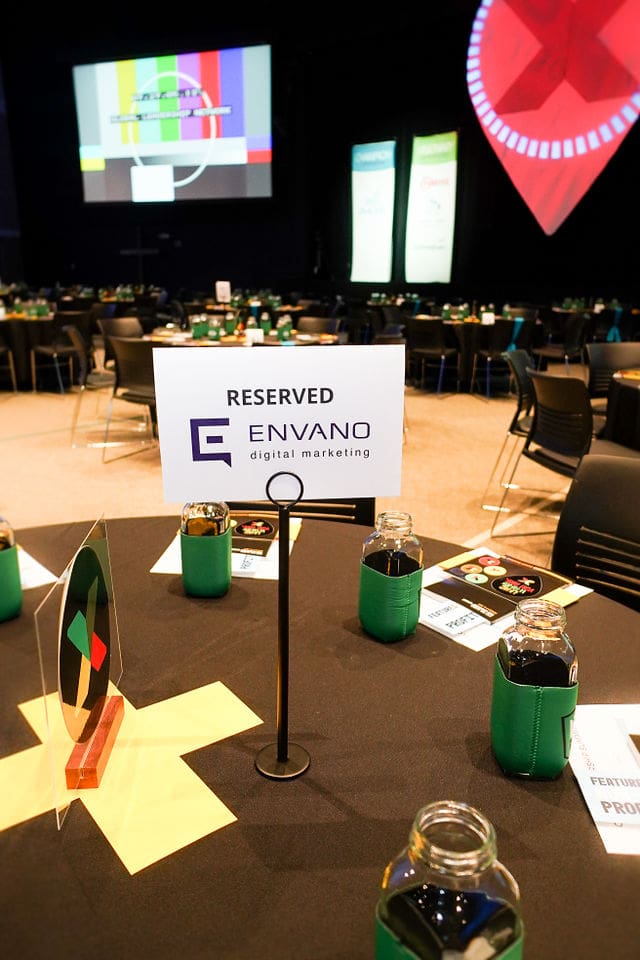Published: June 30, 2014
There’s an old way to do almost everything. Listening to cassette tapes on your Walkman, connecting to the Internet with a modem, and wearing leg warmers on the treadmill are all considered by most, as ‘archaic.’
More often than not, however, out of date trends are easily relatable in personal context but difficult to identify in business. Take the following graphic for example. It shows the history of Apple’s iPhone as it has evolved overtime since the launch of the original “1st Generation iPhone” in 2007 (on the far left). When looking at its small, bulky and rounded exterior in person, the 1st iPhone definitely seems out of date. That’s because it is. “Since June 11, 2013 the original iPhone has been considered “obsolete” in Apple retail stores, “vintage” by other service providers in the US, and “obsolete” in all other regions.”
That very first iPhone is now 7 years old. The kicker? Some company websites are that old (or older) with no indication of a refresh anytime soon. Some of your business models have been in place for longer than 7 years. And while some would say, “why bother changing?” or “we’ve found success doing it this way for so long” – those are the companies who are seen from the exterior by customers as ‘antiquated,’ and quickly heading towards ‘obsolete.’
The idea of business model innovation — that a company could launch a new business model never conceived of before, or transform an existing business model — long has captivated business leaders. And yet, executives are often held back by vested interests in their current approach: “If it ain’t broke, don’t fix it.”
The Old vs. The New
It’s time to look at things from a different perspective.
- The old way has a few defining characteristics. Historically, businesses have taken a methodical, slow and steady approach. With long thought-out strategies and big process, companies tend to go overkill on analysis when going at things the “old way.” Consider it from a technology perspective. Many of your companies have large and costly internal data systems. When those were implemented, chances are there was an internal team that spent a long period researching “best practices” across dimensions. From there, effort was placed on the pursuit of the perfect and expansive technology solution to solve every consideration. After finding that perfect technology system, making it through a 2 year, multi-million dollar deployment, and training your people to use it – you likely came up for a breath of air only to find out that people changed, process changed, technology changed, and your solution is already obsolete. But, you’re stuck with it.
- The new approach to business is different. It still places priority on well thought-out strategy but this approach is nimble, it’s quick, it’s efficient. In short, it is likened to the following – “test, pilot, go;” and fueled by a “gut, data, gut” approach. In the new way, rather than tossing all your eggs in one basket that you think will work, leading companies are running pilot projects, launching small solutions, testing some theories and opting for simple approaches to test run for long term success.
Seeing It In Action
Since inception in 1997, Netflix has consistently taken a new approach to business strategy and delivering content or services based on audience needs.

Juxtaposed with traditional video entertainment providers like Time Warner Cable, Netflix has taken traditional cable over by storm. Think about Time Warner’s business model. To this day, the company continues to come out with new technology and cable boxes but has yet to adapt quickly to audience needs and specifically new devices, as they emerge. Try to find an on-demand program on your Time Warner box. They’ve figured out their on-demand service on an iPad, but when give the choice – most people want to watch shows or movies on their big screen not their little one.
Flip back over to Netflix. “Netflix has spent the past few years trying to get its streaming service on as many devices as possible, including TVs, Blu-ray players, game consoles, streaming set-top boxes, mobile phones and tablets. It’s secret for doing so? Building experiences based on WebKit and HTML5.” Rather than re-developing everything when the digital landscape or consumers change, Netflix has simplified their strategy so they can deploy quickly on any new devices.
Over the last year, we’ve also seen a few black and white examples of one of our customers sticking with the old way, while the other takes a new approach to the exact same business challenge. With the increasing importance of a mobile website experience, some of our larger manufacturers have just recently employed efforts to launch a mobile site.
In most situations, our recommendation is to create and launch a new site using responsive design. This approach accounts for all devices and ensures your company content is easily consumable on every device out there, from mobile phone to desktop computer. Although, taking a large corporate website and revamping it overnight is not only time-consuming and costly, but it can be a big task.
Realizing the immediate need for a mobile solution but hesitant about converting the whole site, our partner who opted for a ‘new’ approach, agreed to come along with us in a strategy for rapid deployment. Rather than rebuilding their entire site responsively, we designed and built a mobile product using the same responsive design techniques. This interim solution is important for two primary reasons:
- It quickly got a solution out into the market in a few months.
- Since it was built with responsive in mind, when the manufacturer is ready to scale up to a full responsive site, the undertaking is smaller, less costly and quickly deployed. The mobile version is already complete and just needs to scale upward.
What happened to the company that opted to stick with the old way of doing things? As they wait for their new responsive site to be completely re-built over the course of a year, they still don’t offer a mobile experience for their rapidly growing mobile audience,

As an executive or leader, you aren’t going to be comfortable with this in line with your traditional thinking. Most people associate “new” with difficult, a long road, and hours of manpower. They think it’s hard, while falling back on what they’re used to is the easy route. While that may permeate thinking, it’s not the case. If you take the bold leap into doing business differently, the new way actually results in an easier path – one that’s iterative, builds on small successes until you realize a greater solution overtime, and ultimately changes your business for the better.


 The Difference Between a Customer Journey and a Sales Funnel">
The Difference Between a Customer Journey and a Sales Funnel">

